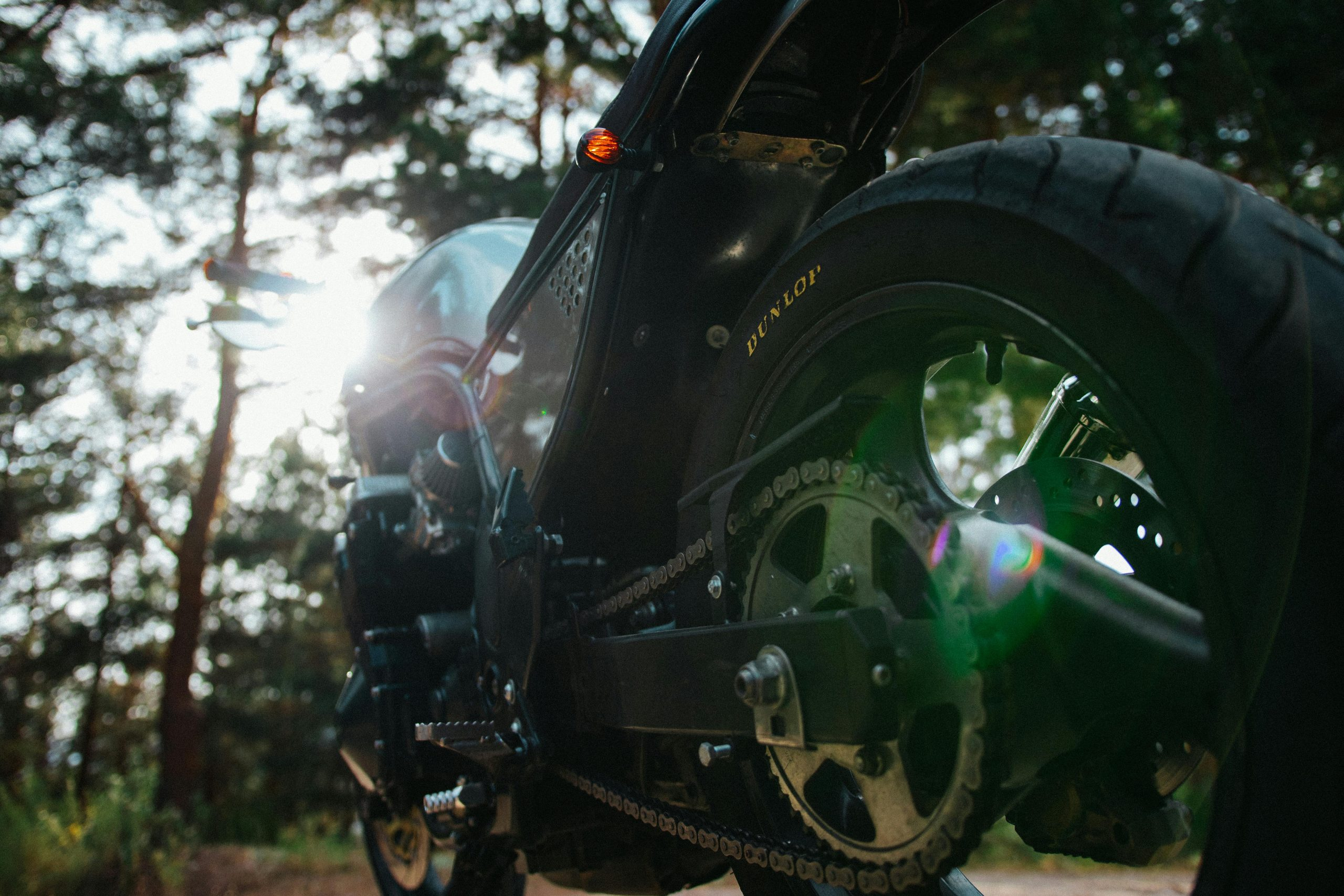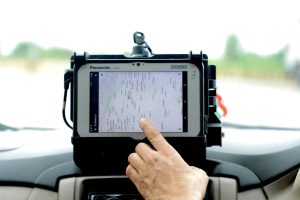Off-Road Adventures: Mastering the Art of Four-Wheel Drive Mechanics
Off-road adventures are a thrilling way to explore nature and push the limits of your vehicle. Whether you’re tackling rocky terrain or navigating through deep mud, having four-wheel drive (4WD) capabilities is essential for taking on these challenging terrains. However, mastering the art of 4WD mechanics is not as simple as engaging the 4WD button and hitting the trails. In this article, we’ll dive into the basics of 4WD mechanics and explore some tips to help you become a pro at off-road adventures with your 4WD vehicle.
Understanding 4WD
Before we get into the mechanics of 4WD, let’s first understand what it is. 4WD, also known as 4×4, is a type of drivetrain that supplies power to all four wheels of a vehicle simultaneously. This allows for better traction and control on rough or slippery terrain. Unlike two-wheel drive (2WD), where either the front or rear wheels are powered, 4WD provides power to all four wheels.
The Basics of 4WD Mechanics
The Transfer Case
The transfer case is a crucial component of 4WD systems. It’s responsible for engaging and disengaging the front and rear wheels. In most vehicles, the transfer case is located between the transmission and the rear differential. When you engage 4WD, the transfer case uses a set of gears to transfer power to the front wheels, working in tandem with the transmission and rear differential to distribute power to all four wheels.
Locking Differentials
Another important aspect of 4WD mechanics is locking differentials. These are used to prevent a single wheel from spinning uncontrollably. In a standard differential, power gets transferred to the wheel with the least resistance, potentially causing other wheels to lose traction. In 4WD vehicles, locking differentials can be engaged to distribute power evenly to all four wheels, providing better control on difficult terrain.
The Role of Traction Control
Traction control is a feature commonly found in modern 4WD vehicles that monitors the speed of each wheel and applies brakes to wheels that are spinning faster than others. This helps to transfer power to wheels with better traction, ensuring optimal control and performance on rough terrain.
Tips for Mastering 4WD Mechanics
Know Your Vehicle
Before hitting the trails, it’s essential to understand your vehicle’s capabilities and limitations. Read the owner’s manual and familiarize yourself with the different 4WD components in your vehicle. This will help you troubleshoot any issues that may arise during your off-road adventures.
Practice Makes Perfect
Off-road adventures are a great way to challenge yourself and develop your 4WD skills. Find local off-roading clubs or events to practice your skills and learn from experienced off-roaders. Remember to always follow proper safety precautions and have a recovery plan in case your vehicle gets stuck.
Maintain Your 4WD Vehicle
Proper maintenance is key to keeping your 4WD vehicle in top condition. Regularly check and replace fluids, such as gear oil and differential fluid, and inspect your vehicle’s 4WD components for any wear and tear. Additionally, consider investing in quality 4WD accessories, such as lockers or skid plates, to enhance your vehicle’s capabilities and protect its vital components.
Choose the Right Terrain
Not all 4WD vehicles are built to tackle the same terrain. Some vehicles may perform better on rocky terrain, while others excel in deep mud or sand. Understanding your vehicle’s strengths and limitations will help you choose the right terrain for your vehicle and avoid getting into tricky situations.
In conclusion, mastering the art of 4WD mechanics is crucial for any off-road adventure enthusiast. By understanding the basics of 4WD and following these tips, you can take your off-roading skills to the next level and fully enjoy the adrenaline rush of conquering challenging terrain with your 4WD vehicle.










